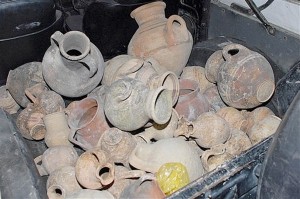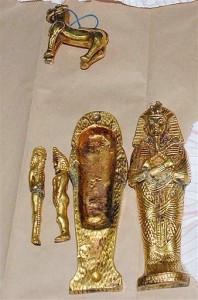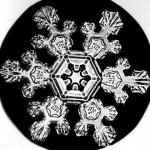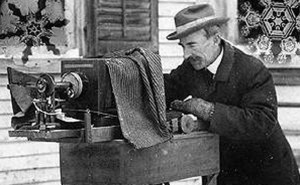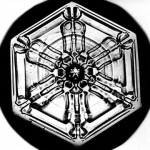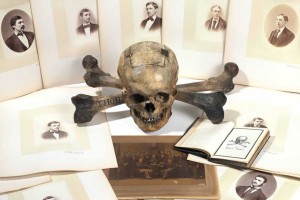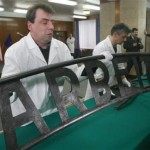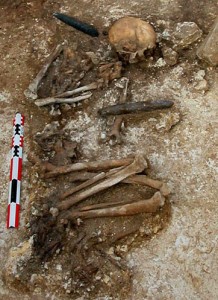 French archaeologists excavating a Neolithic grave south of Paris have found evidence of a successful, infection-free amputation performed 6,900 years ago during the Linearbandkeram period when European hunter-gatherers were just settling down to subsistence farming. Considering that they didn’t even have blades back then, that’s pretty damn impressive.
French archaeologists excavating a Neolithic grave south of Paris have found evidence of a successful, infection-free amputation performed 6,900 years ago during the Linearbandkeram period when European hunter-gatherers were just settling down to subsistence farming. Considering that they didn’t even have blades back then, that’s pretty damn impressive.
The amputee was elderly, someone of stature in the community, and he lived for at least months, possibly years, after the surgery.
The patient was important: his grave was 2m (6.5ft) long — bigger than most — and contained a schist axe, a flint pick and the remains of a young animal, which are evidence of high status.
The most intriguing aspect, however, was the absence of forearm and hand bones. A battery of biological, radiological and other tests showed that the humerus bone had been cut above the trochlea indent at the end “in an intentional and successful amputation”. Mrs Buquet-Marcon said that the patient, who is likely to have been a warrior, might have damaged his arm in a fall, animal attack or battle.
“I don’t think you could say that those who carried out the operation were doctors in the modern sense that they did only that, but they obviously had medical knowledge,” she said.
The surgical tool would have been a sharpened flint. Archaeologists speculate that pain-killing plants would have been used to keep the patient still during the amputation. Antiseptic plants such as sage could have kept the wound from getting infected.
Neolithic people are known to have practiced trepanation — the surgical removal of a piece of skull — but that’s a more rudimentary kind of medicine. The earliest evidence of Stone Age trepanation is on 7,000-year-old skulls. They were performed by scraping away the bone with sharpened flint or obsidian stones. Later trepanations were done by primitive drilling tools, also made from sharpened rocks.
But it’s a big step from scraping or drilling a few holes in the skull to severing a forearm with its major arteries and nerves without killing the patient. This find suggests Stone Age farmers were significantly more medically advanced than previously realized.
For more information on this find including details of the forensic examination of the remains, see this article in the journal Antiquity.
